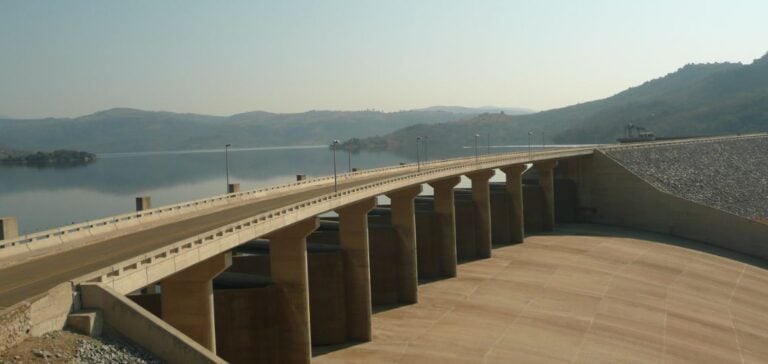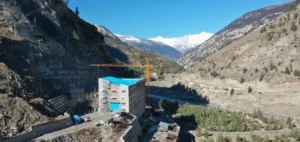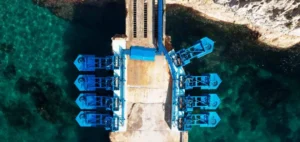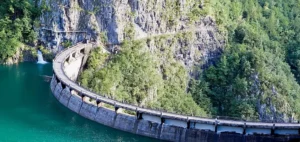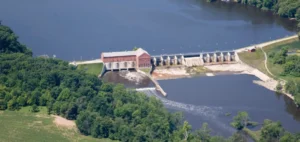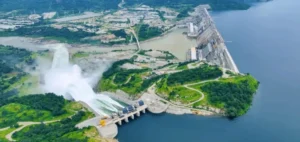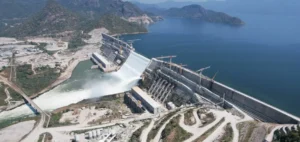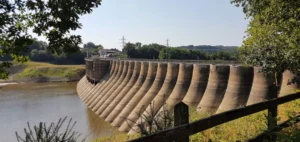The energy sector in Eswatini is at a turning point with the launch of the Lower Maguduza hydroelectric project, a 13.5 MW project. This project, led by the companies African Clean Energy Developments (ACED) and EIMS Africa, has just reached its financial closing, a crucial step before the construction phase begins. This project is part of Eswatini’s efforts to strengthen its energy security and reduce its dependence on fossil fuels.
A Strategic Project for Eswatini
The Lower Maguduza is the first hydroelectric project developed by ACED and EIMS Africa in Eswatini. This project represents a major investment in the country’s energy infrastructure, where the electrification rate was 82% in 2022, according to World Bank data. Additionally, renewable energy already accounts for 65% of the country’s electricity production, a share that is expected to increase with the commissioning of Lower Maguduza.
Partnerships and Project Financing
The project financing has been secured by Standard Bank and local investors. This involvement of regional financial players highlights the importance of the project in the Southern African energy landscape. An energy purchase agreement has been signed with the Eswatini Electricity Company (EEC), guaranteeing the long-term sale of the electricity generated by the hydroelectric dam. This economic model aims to reduce Eswatini’s dependence on energy imports and secure its energy supply.
A Positive Impact on the Local Economy
The project will have a direct impact on the local economy, particularly through job creation during the construction and commissioning phases. James Cumming, CEO of ACED, emphasized the importance of this project in supporting local development while contributing to the country’s energy security. Furthermore, this project is part of a broader regional dynamic, aiming to increase the share of renewable energy in the region’s energy mix.
Regional Ambitions for Renewable Energy
The Lower Maguduza project is a cornerstone of the regional strategy for renewable energy development, driven by ACED and EIMS Africa. These two companies have already completed projects with a total capacity of 500 MW in just 24 months and currently operate more than 1 GW under the South African REIPPPP (Renewable Energy Independent Power Producer Procurement Programme). This program has proven effective in attracting significant investments in renewable energy production, and the project in Eswatini could serve as a model for other countries in the region.
Towards Energy Self-Sufficiency for Eswatini
The Lower Maguduza hydroelectric project could be a decisive step for Eswatini in its quest for energy self-sufficiency. By reducing the country’s dependence on energy imports, it could enhance energy stability, which is crucial for supporting economic growth and social development. With similar projects being implemented in other African countries, this initiative could help accelerate the energy transition across the continent.


